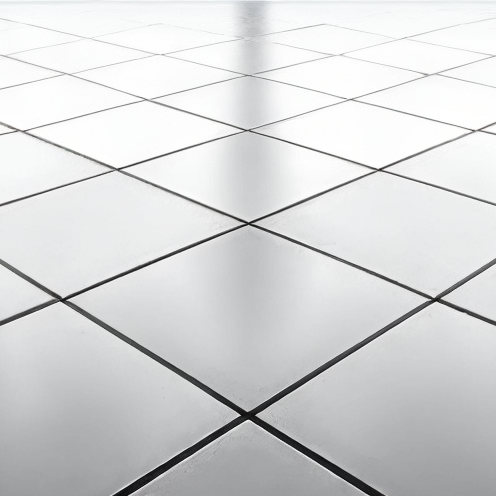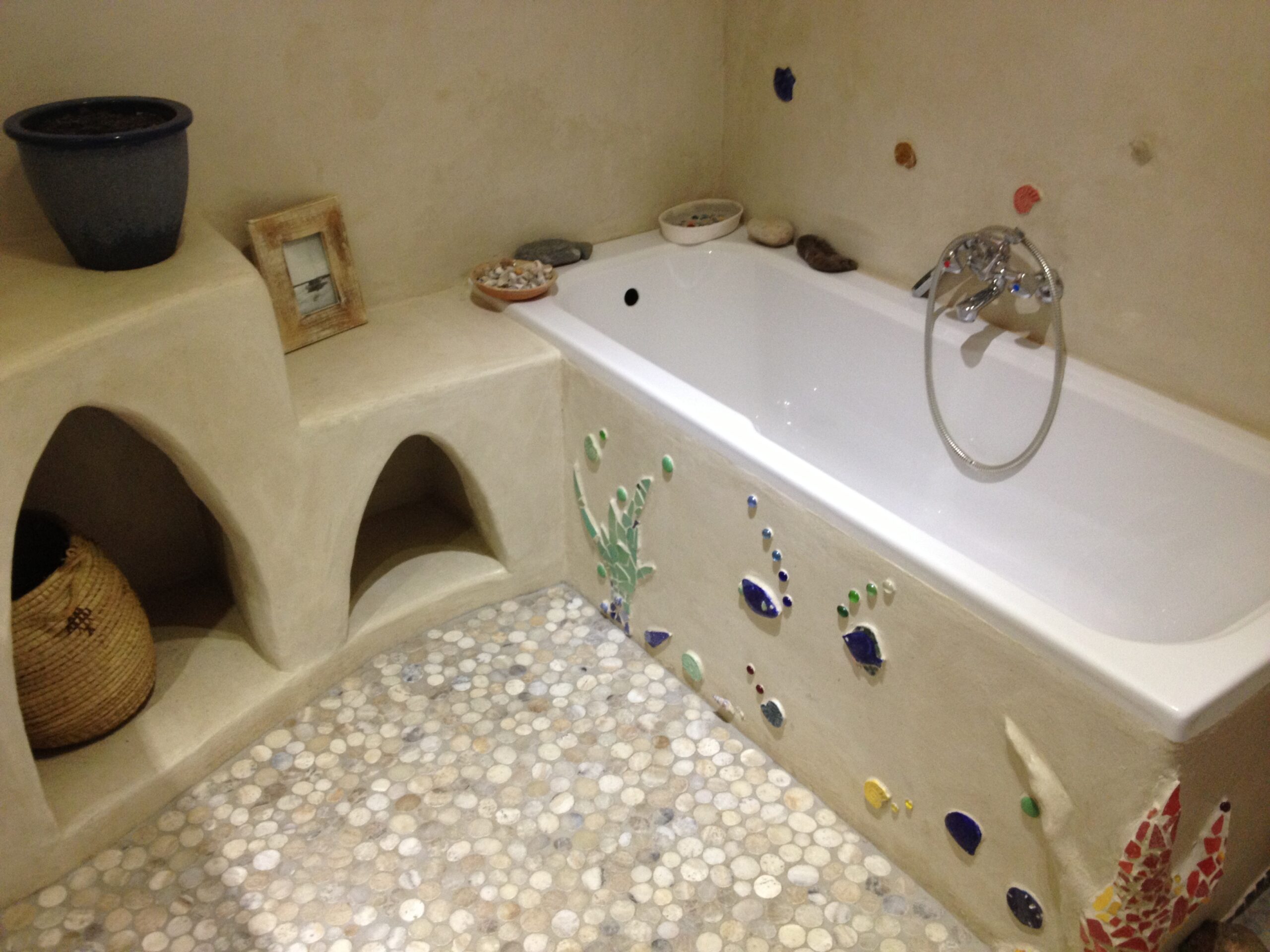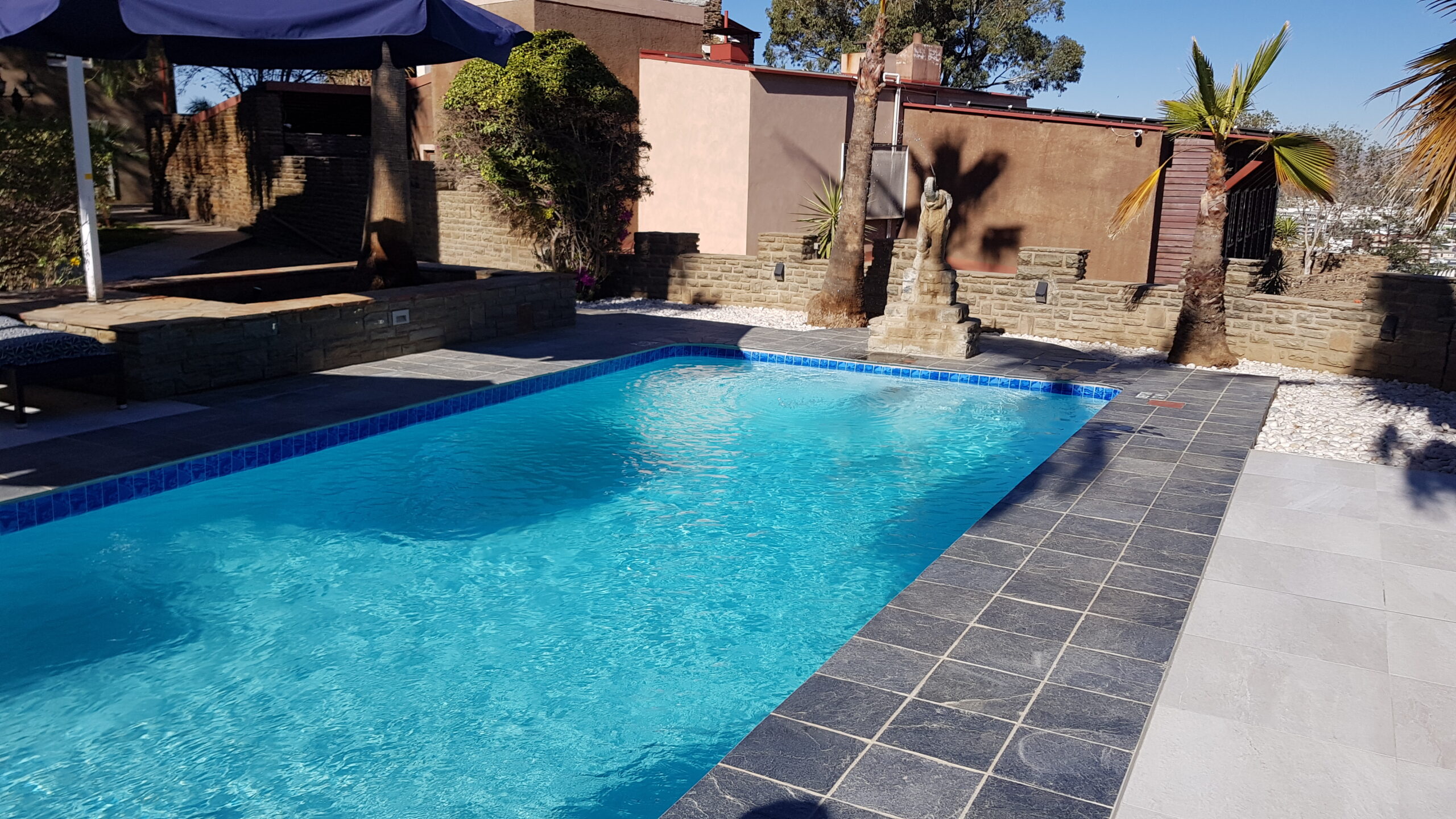Professional Tiling & Construction CC

German Precision
- Serving Beyond Expectation since 2007
- Renowned For Our Expertise
- Prioritising Customer Satisfaction
Residential & Commercial Tiling Solutions

Custom Tile and Natural Stone Installation

Swimming Pool Tiling

Cladding Installation

Wet Area Waterproofing

Underfloor Heating Installation

Repairs and Replacements

Grouting and Sealing

Tile and Stone Cleaning and Polishing
TYPES OF TILES AND THEIR USES
Ceramic Tiles
Porcelain Tiles
Mosaic Tiles
Granite
Marble
Travertine
Slate
Pebbles
We are dedicated to using the correct methods and materials
Located in the heart of Windhoek, Professional Tiling & Construction CC (PTC CC) has been a cornerstone in the tiling industry since 2007. We pride ourselves on delivering exceptional tiling solutions for both the business and private sectors. Our extensive expertise allows us to handle a wide array of projects, ranging from commercial and industrial to residential, with the utmost precision and quality.
Our diverse clientele spans various industries, including Building Contractors, Architects, Interior Designers, Plumbers, Insurance Companies, Corporate Clients, and Homeowners. Many of these clients have returned to us for multiple projects, a testament to our reliability and the quality of our work.
Ready to transform your space with quality tile work? Reach out to us today and let Professional Tiling & Construction CC handle your next tiling project with precision and care.
Expert Advice | Quotation with Measurements | Quality Finishes












Surface Preparation Services


Screeding and leveling are essential steps in preparing a surface for tiling.
Screeding is the process of applying a layer of material, typically sand and cement, to create a smooth and level surface. This is particularly important for floor installations.
Leveling ensures that the surface is perfectly flat, with no high or low spots, to prevent issues like tile lippage or uneven surfaces. By carefully screeding and leveling the surface, you create a solid, flat foundation that ensures the tiles will adhere properly and look professional.
Underfloor heating installation refers to the process of installing a heating system beneath the floor surface to provide radiant heat. This method is used to evenly distribute warmth throughout a room, creating a comfortable living environment. There are two main types of underfloor heating systems: electric and hydronic (water-based). We install the Electric Underfloor Heating only.
Electric Underfloor Heating installation:
Heating elements such as cables or mats are laid directly under the floor covering.
The system is connected to a thermostat (by an electrician), to regulate the temperature.
This type of heating system ist most suitable for smaller areas or retrofitting into existing floors, as it is generally easier and quicker to install.
Waterproofing involves applying materials and methods to create a barrier that prevents water from passing through surfaces and entering underlying structures. This is particularly crucial in wet areas to protect against water damage. Waterproofing can include:
- Applying Waterproof Membranes that form a continuous barrier on surfaces.
- Using silicone or other waterproof sealants to seal joints, edges, and seams where water could penetrate.
- Applying special paints or coatings designed to repel water.
- Ensuring adequate drainage systems are in place to channel water away from critical areas.
Sealing involves applying products that protect surfaces from water, stains, and other contaminants. Sealing is often used for materials like tiles, grout, stone, and concrete to enhance their durability and appearance. Sealing can include:
- Grout Sealers: Applying sealant to grout lines to prevent water, dirt, and stains from penetrating.
- Tile Sealers: Coating tiles to protect against moisture and stains, especially porous tiles like natural stone.
- Stone Sealers: Applying sealant to natural stone surfaces to prevent water absorption and staining.
- Joint Sealants: Using flexible sealants to fill gaps and joints, providing a watertight seal.
Proper waterproofing and sealing are essential steps in the construction and maintenance of wet areas to ensure longevity and safety.
THIS IS OUR PROCESS
GET IN TOUCH
GET QUOTATION
BOOK PROJECT
Work Gallery









